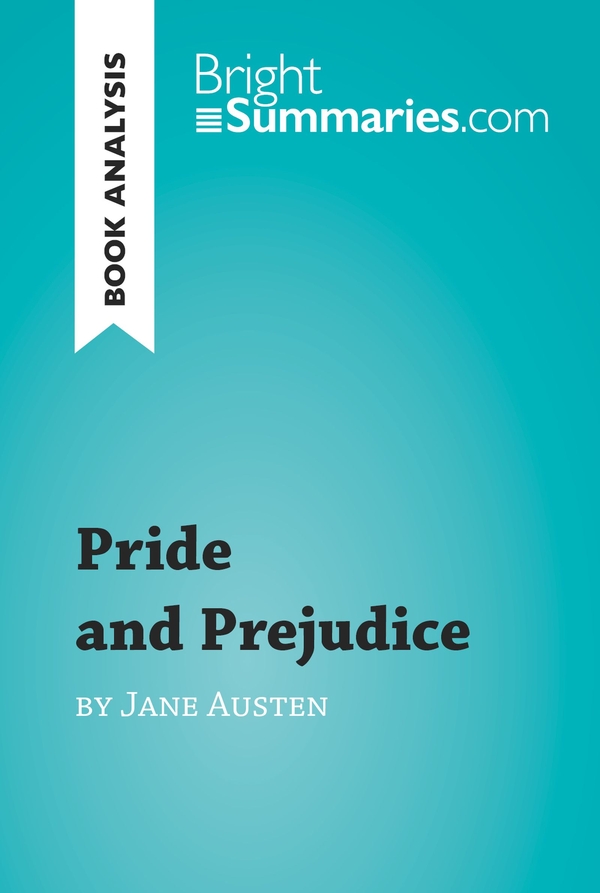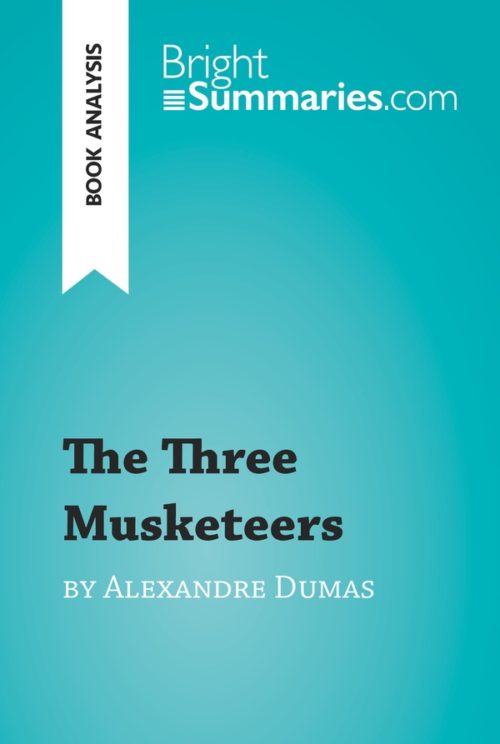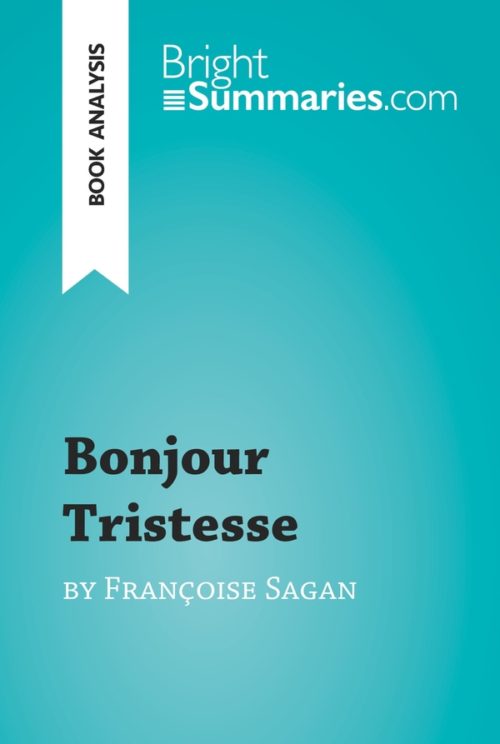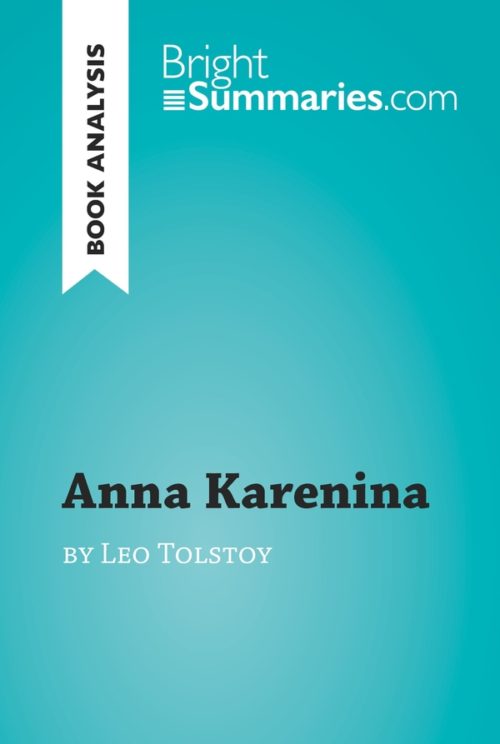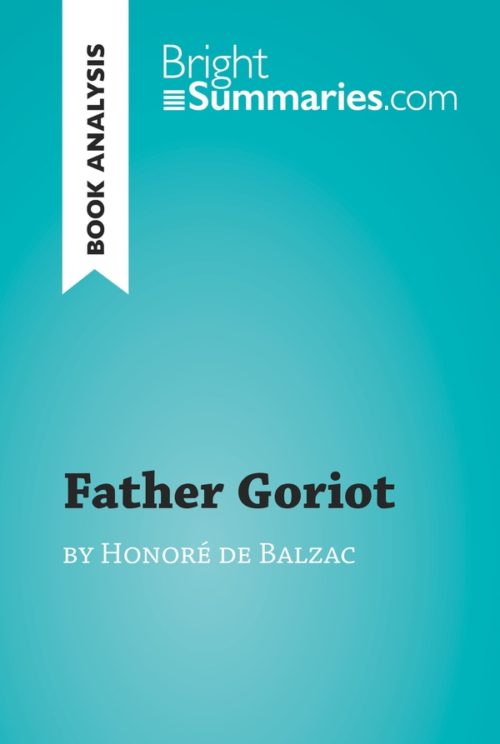Pride and Prejudice by Jane Austen (Book Analysis)
Pride and Prejudice by Jane Austen (Book Analysis)
Detailed Summary, Analysis and Reading Guide
Read more
This practical and insightful reading guide offers a complete summary and analysis of Pride and Prejudice by Jane Austen. It provides a thorough exploration of the novel’s plot, characters and main themes, including class and society. The clear and concise style makes for easy understanding, providing the perfect opportunity to improve your literary knowledge in no time.
This clear and detailed 30-page reading guide is structured as follows:
- Biography of Jane Austen
- Presentation of Pride and Prejudice
- Summary of Pride and Prejudice
- Character study
- Elizabeth Bennet
- Mr. Darcy
- Jane Bennet
- Charles Bingley
- Mr. Bennet
- Mrs. Bennet
- George Wickham
- Lydia Bennet
- Mr. Collins
- Charlotte Lucas
- Caroline Bingley
- Lady Catherine de Bourgh
- Mary Bennet
- Catherine (Kitty) Bennet
- Mr. and Mrs. Gardiner
- Georgiana Darcy
- Analysis of Pride and Prejudice
- The art of dialogue
- An epistolary novel
- The importance of marriage
About Pride and Prejudice
Pride and Prejudice was first published in 1813 and is now Jane Austen’s most popular novel. It depicts English society during the Napoleonic wars through the eyes of Elizabeth Bennet, an unmarried young woman.
Although the novel became very successful, it had a rocky road to publication. The first draft of the book, entitled First Impressions, was rejected by an editor in 1797. As a result, Austen decided to revise the novel around ten years later and published it anonymously as Pride and Prejudice.
About Jane Austen
Jane Austen was an influential English writer, best known for her novels, including Pride and Prejudice, Emma and Sense and Sensibility. She came from a respectable but not particularly wealthy family, which meant that her parents could not afford to send her to school. She therefore taught herself, thanks to her father, her brothers and the extensive family library. Austen never married, and her novels contain numerous criticisms of the position of women in Georgian society and wives’ dependence on their husbands. She also used her writing to critique the sentimental fiction that was popular in the second half of the 18th century, and she favored a writing style that fused realism, satire and irony.
Product details
| ISBN | 9782806271167 |
|---|---|
| Publisher | Plurilingua Publishing |
| Collection | BrightSummaries.com |
| Format | |
| Pages | 31 |
| File size | 1.4 MB |

